The Power of Neuroplasticity for
Pastoral and Spiritual Care
The Power of Neuroplasticity for
Pastoral and Spiritual Care
Kirk A. Bingaman
LEXINGTON BOOKS
Lanham Boulder New York Toronto Plymouth, UK
Published by Lexington Books
A wholly owned subsidiary of Rowman & Littlefield
4501 Forbes Boulevard, Suite 200, Lanham, Maryland 20706
www.rowman.com
10 Thornbury Road, Plymouth PL6 7PP, United Kingdom
Copyright 2014 by Lexington Books
All rights reserved. No part of this book may be reproduced in any form or by any electronic or mechanical means, including information storage and retrieval systems, without written permission from the publisher, except by a reviewer who may quote passages in a review.
British Library Cataloguing in Publication Information Available
Library of Congress Cataloging-in-Publication Data
Bingaman, Kirk A.
The power of neuroplasticity for pastoral and spiritual care / Kirk Bingaman. pages cm
Includes bibliographical references.
ISBN 978-0-7391-7538-5 (cloth : alk. paper) 978-0-7391-7539-2 (electronic)
1. Neuroplasticity. 2. Pastoral counseling. I. Title.
QP360.5B55 2014
612.8dc23
2014008770
 TM The paper used in this publication meets the minimum requirements of American National Standard for Information Sciences Permanence of Paper for Printed Library Materials, ANSI/NISO Z39.48-1992.
TM The paper used in this publication meets the minimum requirements of American National Standard for Information Sciences Permanence of Paper for Printed Library Materials, ANSI/NISO Z39.48-1992.
Printed in the United States of America
For Corey, who got me started on this path
Acknowledgments
I am grateful for the generous support and guidance I have received from so many people and colleagues. One does not create a project like this in a vacuum, charting a new path of research into a variety of different fields and disciplines. I thank the staff of Lexington Books: my editor, Eric Wrona, for his enthusiastic support and careful attention with multiple drafts of the manuscript; my assistant editor, Emily Frazzette, for her helpful and collaborative approach readying the manuscript for production; and assistant managing editor, Della Vache, for her guidance with the production process and unexpected suggestion for the title of the book. Fordham University and its Office of Research awarded me a faculty fellowship and sabbatical to work on the project, which provided a valuable opportunity to give it my undivided attention and focus. I am grateful to the dean of the Graduate School of Religion and Religious Education, Dr. C. Colt Anderson, for his support of the fellowship and project, along with my pastoral care and counseling colleagues, Drs. Lisa Cataldo and Mary Beth Werdel. Fr. John Cecero, S.J. and Drs. Bradford Hinze and Warren Tryon, of Fordham University, reviewed and commented on an early proposal of the project, supplying me with generous and useful feedback.
The project began taking shape over the course of several years, primarily in the context of the Group for New Directions in Pastoral Theology. I thank Drs. Robert Dykstra and Donald Capps of Princeton Theological Seminary, and my other colleagues in the group, for supporting my early research into neuroscience and pastoral care and counseling and for the timely feedback about methodology. Additionally, I am grateful to the journal, Pastoral Psychology, and its editor, Dr. Lewis Rambo, where the earlier research was published. The Psychology, Culture, and Religion Group of the American Academy of Religion has been another source of support and encouragement, with its members representing a breadth of different research interests and viewpoints. I am grateful to my colleagues at the Lutheran Counseling Center of New York, for their curiosity about my research and encouragement with the project, and to the Zen Garland community in Airmont, NY, for the sacred space to regularly engage in contemplative-meditational practice. To the First Presbyterian Church in Cold Spring, NY, where I have given workshops, retreats, and sermons on the topic, and particularly to Norman and Lynn Brown, thank you for the interest you have shown in my work. And, I thank the Rev. Dr. Douglas Huneke for the many telephone conversations and for your interest in my research as it has evolved over the years. Finally, I am grateful to Annie for your love and support and the way you live your life contemplatively and mindfully. And to Corey, for your loving support and encouragement, for your careful and thorough reading of the manuscript and timely questions and suggestions, thank you for pointing me in this direction.
Introduction
The extraordinary advances in neuroscience in recent years have begun to influence the study of religion, theology, and spirituality. Indeed, the emerging field of contemplative neuroscience (Davidson, 2012, p. 196) reflects a growing interest in what neuroscientific studies reveal about what is most fundamental to religious faith and the spiritual life. In the past few years my own research has increasingly focused on important neuroscientific findings regarding the plasticity and malleability of the human brain to make the case for greater use of contemplative and meditational practices in pastoral and spiritual care. This is based on the discovery that the brain is built for change via the process of neuroplasticity, which refers to the ability of the brain to change its structure and function (Newberg, 2010, pp. 45). At the same time, a growing body of research is revealing that mindfulness and contemplative spiritual practices have the capacity to balance the brains well documented negativity bias, thus generating less fearful and anxious perspectives on life and human relationships. Consequently, I will be arguing for the elevation of such spiritual practices (e.g., mindfulness meditation, the contemplative practice of the Centering Prayer, the Spiritual Exercises of St. Ignatius, etc.) to a level of comparable importance with religious belief and doctrine so that pastoral and spiritual care providers are better equipped to help foster health and wellness with congregants and clients. Through the application of neuroscientific research to pastoral and clinical practice, it is possible to begin putting forward a contextual model of pastoral care and counseling that represents a necessary paradigm shift for the age of neuroscience.
Studies have revealed that a focus on mindfulness meditation and contemplative spiritual practice has the capacity to increase our non-anxious awareness and therefore significantly lower our stress more so than a focus on right belief or correct doctrine. As such, not only do these findings have important implications for pastoral counselors and psychotherapists, they perhaps will even necessitate a paradigmatic shift in the way that clergy approach the general pastoral care of souls. A contemplative-neuroscientific approach to pastoral care and counseling is in accord, methodologically, with the correlational framework put forward by Paul Tillich, where the resources of the Judeo-Christian faith tradition are intentionally juxtaposed and even held in dialectical tension with other fields and disciplines that investigate the present cultural milieu. For example, Jesus teaching from the Sermon on the Mount, which encourages us not to be anxious about tomorrow (Matthew 6:34), takes on a deeper practical relevance when aligned, correlationally, with compelling neuroscientific research on the plasticity and malleability of the brain. In so doing, practitioners can begin to develop a more precise method of pastoral and spiritual care that intentionally seeks, in the words of Rebecca Chopp, commenting on feminist theory and theology, a correlation between the contemporary situation and the core of Christianity (1997, p. 217). According to Tillich, pastoral theology and pastoral practice must use the immense and profound material of the existential analysis in all cultural realms, including therapeutic psychology, so that it is adequate both to the Christian message and to the human predicament as rediscovered in contemporary culture (1999, pp. 108109). For Tillich, of course, the cognitive neurosciences were not yet available for incorporation into his analysis of the interrelationship between the sources of theology and the experience of religion, and yet we can reasonably infer that if living today he would focus on a similar correlation of neuroscientific research and spiritual practice as capable of providing not only a subjective assessment of religious experience, but a biological one as well (Newberg, 2010, p. 12).
Next page
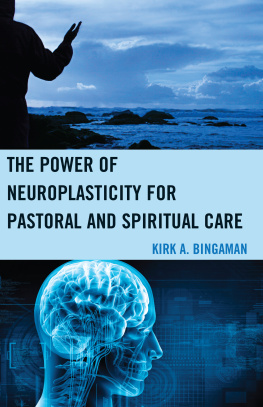
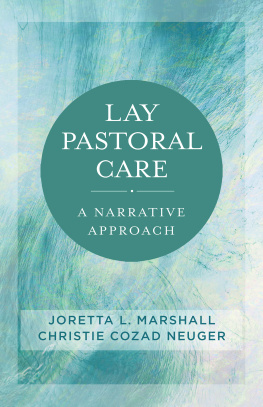
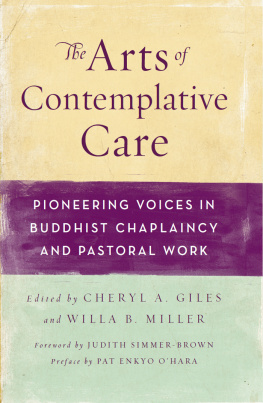
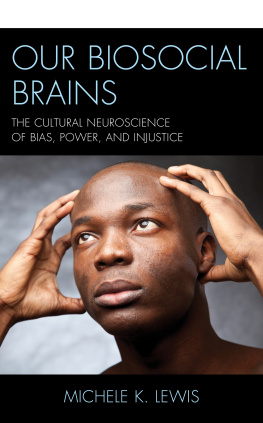
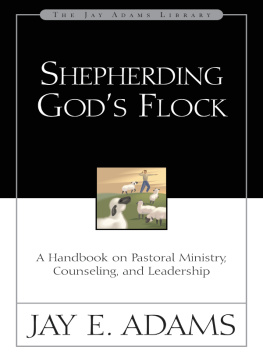

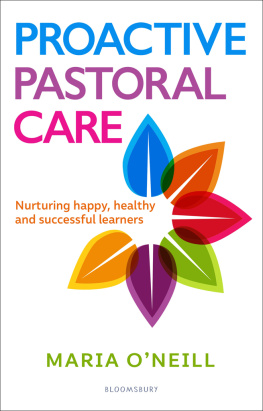

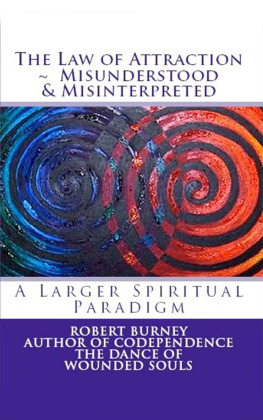
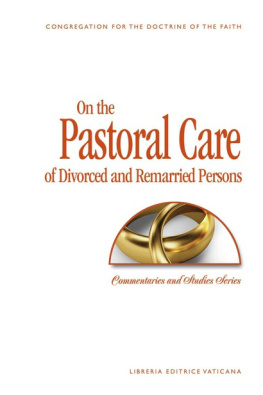

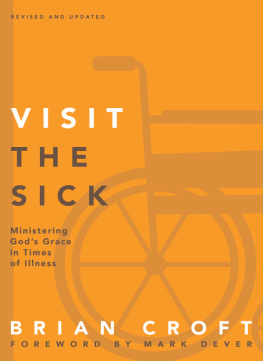
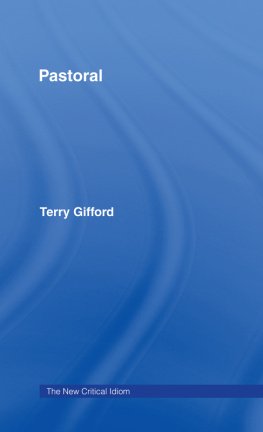
 TM The paper used in this publication meets the minimum requirements of American National Standard for Information Sciences Permanence of Paper for Printed Library Materials, ANSI/NISO Z39.48-1992.
TM The paper used in this publication meets the minimum requirements of American National Standard for Information Sciences Permanence of Paper for Printed Library Materials, ANSI/NISO Z39.48-1992.